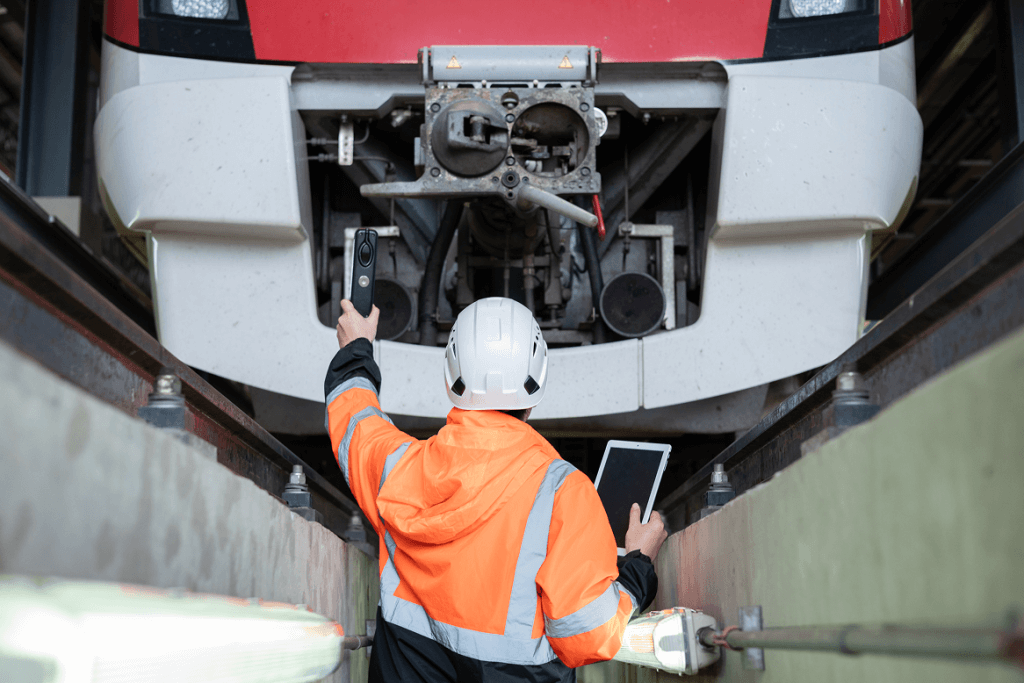DTB is the first to perform in situ measurements of regenerative breaking performance in actual revenue service anywhere in the country
DTB is the first to perform in situ measurements of regenerative breaking performance in actual revenue service anywhere in the country
The New York City Transit Subway system consumes approximately 1500 gigawatt-hours (GWh) (2021) of traction energy with demand power of approximately 3,500 megawatts (MW) annually at a cost of about $203 million. Regenerative energy management techniques intended to reduce this usage are being evaluated including onboard energy storage, trackside energy storage, operational enhancements such as start/stop synchronization, and software modifications for train cars to better utilize regenerated energy.
To evaluate these new techniques and technologies, and to develop the associated benefit cost analyses, an understanding of the current energy budget, onboard and 3rd-rail electrical parameters, and operational characteristics is required. Previous efforts in this area have been model oriented or based on single-braking train to single-accelerating train testing on isolated test tracks, which do not represent actual real-world performance in a 3rd-rail distribution grid environment.

In this project electrical energy usage data was collected and analyzed to quantify the energy budget with respect to regenerative braking performance and potential Energy Storage System (ESS) implementation in the New York City Transit Subway system. Electrical parameters including 3rd-rail voltage, rail car line currents, and onboard resistor currents, not available through the onboard propulsion test equipment, were measured by Dayton T. Brown, Inc. (DTB), and their independent data acquisition system.
DTB and NYCT, with support by NYSERDA, used instrumentation to collect data over 15 months on an actual subway train in regular revenue service to measure the performance of regenerative braking of a real train on the NYCT Flushing Avenue 7 Line. This data was used to determine train electrical power and energy consumption, regenerative braking power and energy, onboard resistor power and energy dissipation, and total electrical energy available from braking (regenerative or non-regenerative).
DTB’s data and analysis provide significant results that show, among other things, that the amount of energy that could be viably captured was not as high as expected because regenerative breaking is working better than expected in the real world, that there is significant variability in regenerative breaking performance across the different station stops on the line, and that further investigation is needed to ensure that any potential ESS solution is cost effective and provides appropriate energy recovery/reuse.
This represents the first time that in situ measurements of regenerative breaking performance have been performed in actual revenue service anywhere in the country.
Read the Full Report Here: https://www.nyserda.ny.gov/-/media/Project/Nyserda/Files/Publications/Research/Transportation/23-19-Subway-System-Energy-Usage-and-Electrical-Storage-System-Applications-Analysis-acc.pdf
Dayton T. Brown, Inc. 1175 Church St. Bohemia, NY 11716
Dayton T. Brown, Inc. 23967 Prop Way Hollywood, MD 20636